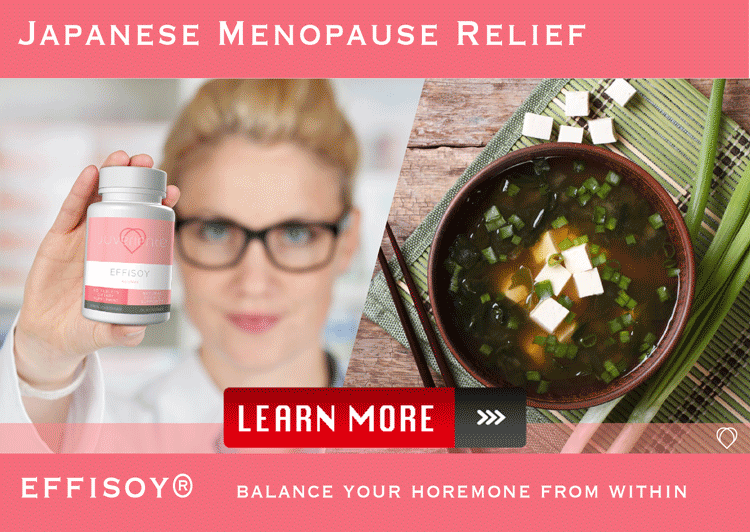When did the history of Japanese food begin?
Since rice has been a staple food since the Neolithic period in Japan, it is no exaggeration to say that Japanese cuisine began in the Neolithic period. However, since rice farming came from the China continent, only rice eating can’t be called “Japanese food culture” yet. The history of Japanese food with its unique culture began in the Heian period (AD 9th – 12th century, before the Samurai’s governing.)
When Zen Buddhism became popular in the Heian period, cooking methods such as soup stock prevailed. Zen Buddhist monks could not eat meat and began eating soybeans.
The Shojin Ryori (Buddhist vegetarian cuisine) that Zen Buddhist monks ate has evolved into today’s Japanese cuisine.
The history of sushi
Sushi is the most famous dish in Japanese cuisine.We can’t talk about the history of Japanese food without sushi’s history.
Most people worldwide know it, but how many people know the history of sushi?
The current style, placing raw fish on top of vinegared rice, was created in the Edo period (AD 17th – 19th century, the last Samurai and pre-modern period.)
Until then, fermented sushi was mainstream. The primary purpose of this cooling method was to preserve fish in vinegared rice or grains.
Today’s sushi style that everybody in the world knows is actually a newer type called Edo-mae sushi. Edo-mae means Tokyo downtown. Edo was the old name of Tokyo in the Samurai era. Many of the people who lived in Edo were short-tempered. Sushi that could be prepared and served quickly exploded in popularity and came to be called “Edo-mae sushi.”
Even now, when I go to a sushi restaurant and see the chef making sushi quickly, I think it’s “art.” But in the Edo period, there is a Haiku that says, “The chef makes sushi in an instant like a witchcraft.”
The history of Japanese food upon the hospitality
Unesco registered Japanese cousin as a World Intangible Heritage on December 4, 2013. (It was not registered as a kind of cousin but as a food culture.)
The principal elements of Washoku are said to be the following four.
Balanced nutrition
Ingredients
Cooking methods
Hospitality
Japan is one of the countries where we can feel the beauty of the four seasons.
The successive generations of chefs have been upholding the hospitality to make guests feel the four seasons’ beauty. We believe that the accumulation of such hospitality from generation to generation has shaped the Japanese cousin.
Take a Japanese anti-aging secret through a natural supplement!
Fermented soy is a staple of the Japanese cousin mostly as “miso soup”, and it is one of the secrets of anti-aging of Japanese women. Fermented foods are often hard to eat for people of other dietary cultures. But you can take the essence easily through the supplement.





